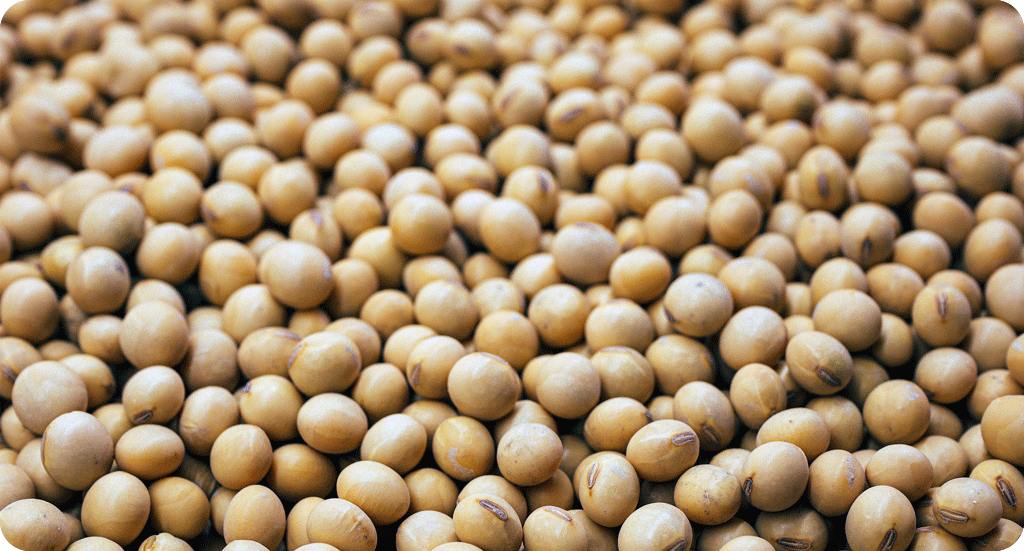
Omega-3 fatty acids are a type of essential fatty acid, which means the human body cannot produce them on its own- they must be obtained through the diet or supplements. There are three main types of omega-3 fatty acids: alpha-linolenic acid (ALA), eicosapentaenoic acid (EPA), and docosahexaenoic acid (DHA). ALA is not as beneficial as DHA and EPA.
Plant-based foods such as flaxseeds, chia seeds, and walnuts are a good source of ALA. EPA and DHA are primarily found in fatty fish such as salmon, mackerel, and tuna.
Omega 3 have been associated with numerous health benefits, including reducing inflammation, improving heart health, and supporting brain and eye development in infants. Check best omega 3 range. They may also play a role in reducing the risk of chronic diseases such as cancer, autoimmune disease, and depression.
Health Benefits of Omega 3
Omega 3 are important for maintaining good health and preventing a number of chronic diseases. They have been linked to a variety of health benefits, including:
A. Reducing inflammation:
Omega-3 fatty acids have anti-inflammatory properties and can help reduce inflammation- chronic inflammation has been linked to a number of chronic diseases, such as heart disease, diabetes, and cancer.
B. Improving heart health:
Omega-3 fatty acids can help lower triglycerides and blood pressure, reduce the risk of blood clots, and decrease inflammation, which can help reduce the risk of heart disease.
C. Supporting brain health:
Omega-3 fatty acids help boost brain health- they may help improve cognitive function and reduce the risk of dementia and Alzheimer's disease.
D. Reducing depression and anxiety:
Omega-3 fatty acids may help improve mood and reduce symptoms of depression and anxiety.
E. Supporting eye health:
DHA, one of the omega-3 fatty acids, improves eye health and may help prevent age-related macular degeneration.
Overall, getting enough omega-3 fatty acids in your diet helps maintain good health and reduces the risk of chronic diseases.
Omega-3 rich foods
Many foods have Omega-3 fatty acids as EPA, DHA or ALA. A diet of certain fish, seeds, and nuts can help you get more omega-3s. Here are some foods that are rich in these omega-3 fatty acids. Incorporating these foods in your diet can help you increase your intake of omega-3 fatty acids and reap their health benefits.
1. Walnut:

Walnuts are a good source of alpha-linolenic acid (ALA). Several studies show its benefits in maintaining heart health, inflammation, brain function, cancer prevention, and Type 2 diabetes.
Omega 3 fatty acids in 100 gm of Walnuts-8710 mg, out of which ALA- 8710 mg.
2. Flaxseed:

Flaxseeds offer numerous health benefits. These small leaf shaped seeds are brown or yellow in colour and are often grounded, milled or pressed to extract oil for consumption. Flaxseeds, the richest whole food source of ALA(alpha-linolenic acid), are an omega-3 source for vegetarians or vegans. They are high in fibre, magnesium, and other vital nutrients.
Omega 3 fatty acids in 100 gm of flaxseeds- 12956 mg, out of which ALA- 12965 mg.
3. Salmon:
Salmon is considered the most nutrient-rich food, containing high-quality protein, several vital nutrients, high quantity of Vitamin D, B vitamins, and selenium. In many studies, it was observed individuals who include fatty fish such as salmon regularly in their diet have a lower risk of conditions like dementia, heart disease, and depression
Omega 3 fatty acids in 100 gm of Salmon- 1598 mg, out of which EPA-406 mg, DHA- 1192 mg.
4. Oysters:
Raw oysters are a delicacy in many countries. They are low in calories yet rich in nutrients, including EPA, protein, healthy fats, vitamins, and minerals. Oysters contain more zinc than any other food.
Omega 3 fatty acids in 100 gm of Oysters- 466 mg, out of which EPA-256 mg, DHA-0.21 mg.
5. Tuna:
If you are looking for a replacement of red meat, including Tuna fish in your diet can be a healthy option since it offers multiple health benefits. The fish is rich in EPA, which maintain heart health by reducing cholesterol level in your body. Tuna is a good sourceof Vitamin C, manganese, and zinc, which help increase energy level and boost immunity.
Omega 3 fatty acids in 100 gm of Tuna- 435.61 mg, out of which EPA-90.61 mg, DHA-345 mg.
6. Sardines:
Sardines are eaten as a delicacy and appetiser in many countries and are a healthy food option. They’re highly nutritious, especially when eaten whole. They contain almost every nutrient your body needs, including EPA,
vitamin B12, Iodine, Vitamin D, calcium, and more.
Omega 3 fatty acids in 100 gm of Sardines- 614 mg, out of which EPA-297 mg, DHA-317 mg.
7. Soybeans:

Soybeans are a good source of ALA, protein, fibre and vital nutrients, such as folate, Vitamin K, potassium, magnesium, and riboflavin. You can also include products made with Soy, such as Soy-milk, tofu, bean curd, soy flour, tempeh, soy yogurt, and other soy meat replacements in your diet.
Omega 3 Fatty acids in 100 gm of Soybeans- 1318 mg, out of which ALA-1318 mg.
8. Urad Dal:

Experts recommend an individual should consume up to 3 cupfuls of beans a week for a healthy living. Urad beans do not contain as much omega-3 fats as other fatty fish, seeds or nuts but can still help you meet the recommended dietary allowance. It is considered one of the best beans among the family.
Omega 3 fatty acids in 100 gm of Urad dal- 601 mg, out of which ALA- 601 mg.
9. Rajma:

The famous Indian curry Rajma can be a great food option to add Omega-3 to your plate. Kidney beans or Rajma are one of the most well-known forms of pulses in India and consumed as a staple food source globally . It is a yummy food source packed with Omega-3 fatty acids and other nutrients
Omega 3 fatty acids in 100gm of Rajma- 557 mg, out of which ALA-557 mg.
10. Pomfret:
Pomfret fish are commonly consumed by non-vegetarians as they have very less spine and taste delicious. The fish is rich in EPA, vitamins D, A, and B12, minerals phosphorus, calcium, and protein. The fish is safe to be consumed by children.
Omega 3 fatty acids in 100 gm of Pomfret- 809 mg, out of which EPA-244 mg, DHA-0.56 mg.
There are many whole food sources containing large amounts of Omega-3 fatty acids. Including these foods in your diet on a regular basis can meet your daily omega-3 fatty acids requirements. However, if you miss out on eating many of these foods, you might fail to meet your daily Omega-3 fatty acids requirement. In such situations, considering omega-3 supplement also known as fish oil can be a good option. Buy Omega 3






